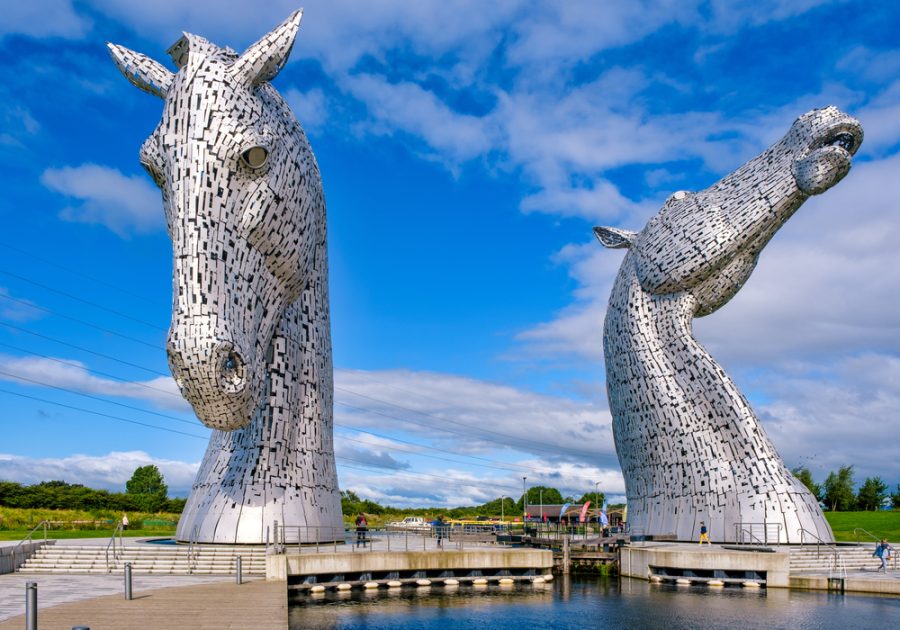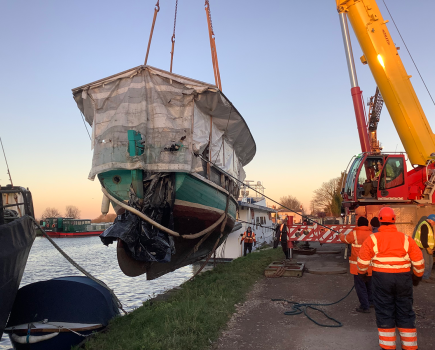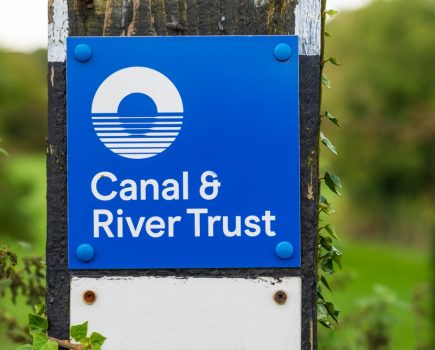IWA is deeply concerned about the length of a planned closure of the 15 locks near Falkirk at the eastern end of the Forth & Clyde Canal where it joins the River Carron and the Firth of Forth.
The closure is currently planned to last from November 2024 to March 2026 because, although Scottish Canals has funding to build the necessary replacement lock gates, the Scottish Government has not yet made available the funds to fit them and for associated lock repairs. If all the funding had been available together, the work could have been completed much more quickly.
Construction of the waterway commenced in 1768 and was finally completed in July 1790. For it to have lasted so long is a tribute to both contemporary engineering prowess and the restoration work undertaken at the turn of this century.
The Forth & Clyde Canal declined in the second half of the 20th century and was finally closed in 1963. In March 1999 National Lottery Funding, totalling £100 million, was precured to reopen the navigation and the process of decay was reversed: new channels have been engineered, blockages circumnavigated and more than 30 bridges rebuilt to reinstate the coast-to-coast waterway we see today.
An important part of this vision was the role the waterway would play as a transit canal allowing seagoing leisure vessels to move between Scotland’s east and west coasts. Completion of this restoration was almost 25 years ago, which is the useful life of a lock gate. Across the waterway’s 34 miles there is a total of 39 locks, few of which have received significant attention since the reopening.
The eastern end of the navigation – running from Lock 16 near the Falkirk Wheel for 2¾ miles down to Lock 2 at the Kelpies – will shortly be closing for 16 months. This is to allow re-gating of five of the fifteen locks in the flight and a thorough investigation of all the locks themselves. This section of the navigation includes several short pounds which will be totally dewatered (preventing navigation) thereby making the whole operation more efficient.
An early design by prominent engineer John Smeaton, much of this end of the waterway crossed unstable ground and the locks were constructed on what were effectively timber rafts, using pitch pine. Whilst it is not unusual to find wooden floors to locks, running the timbers under the lock walls for added stability is uncommon.
Timbers forming the lock floors are, in places, in poor condition with significant holes visible. These are relatively easy to replace but it is the condition of the timber, hidden under the masonry forming the lock chambers, that poses a large unknown.
Whilst funding is now in place for the five sets of lock gates, money still needs to be found to cover the cost of their installation and to underwrite any issues in this highly unusual construction that are uncovered along the way. It is this considerable uncertainly that dictates such an extended closure, as current diving investigations can only determine the extent of lock-related works and the state of the visible sections of the timber flooring.
Scottish Canals has been in touch with Transport Scotland demonstrating that navigation is a public rather than a private benefit and therefore deserves financial support from the Government. This position is supported by RYA Scotland, by the Lowland Canals Association and also by IWA. IWA agrees that the Scottish Government should recognise the value of navigation to the public as a general principle, together with the value of the Forth & Clyde Canal as a sea-to-sea link.
Image credit: Kamira / Shutterstock.com








